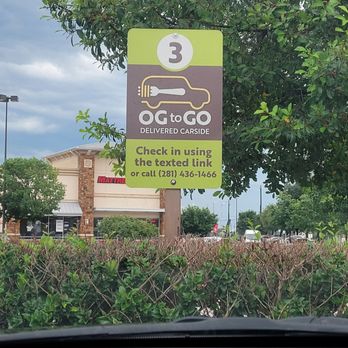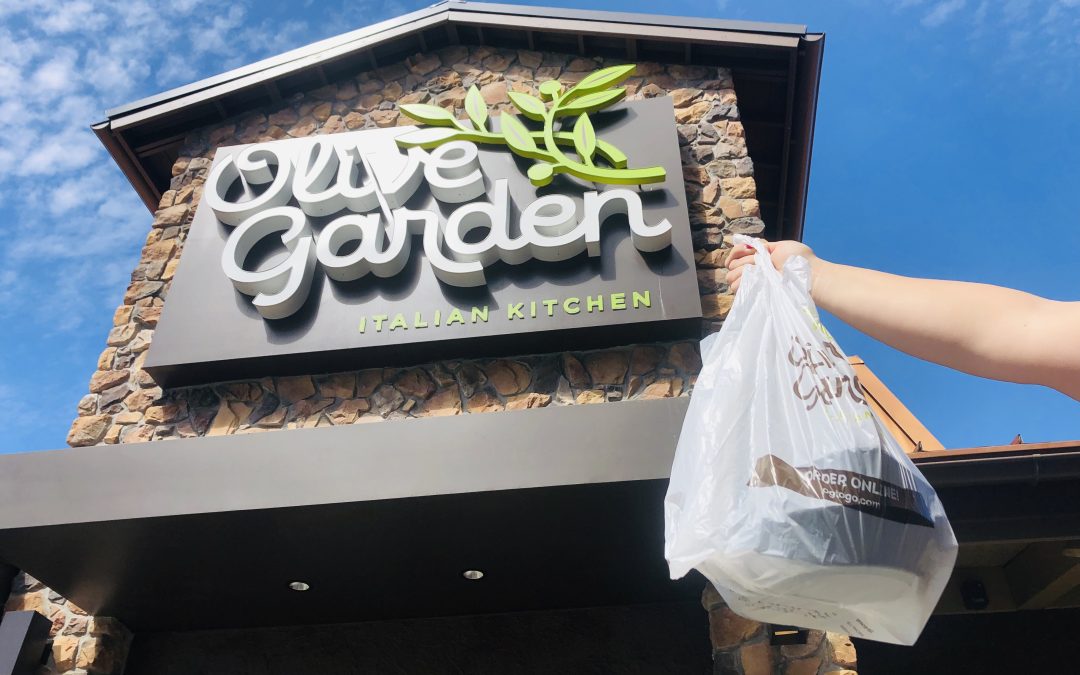Last week, Olive Garden announced its decision to partner with Uber Eats for delivery, marking a significant shift in its service strategy.
Historically, the chain has focused on its own catering, takeout, and curbside services, resisting the allure of third-party delivery platforms, citing concerns over revenue sharing and food quality. Even during the pandemic, Olive Garden did not give in as its competitors did.
Food On Demand recently examined the details of this new two-year arrangement. Although Darden could not provide further comments, CEO Ricardo Cardenas shared some nuggets in the latest earnings call.
“We had concerns about the third-party model. It was important for us to address guest needs without disrupting the team member or guest experience and without compromising our competitive advantages,” he said on the call.
Previously, the pasta hub provided delivery exclusively for catering orders through its website and app, requiring a $100 minimum and using its employees for delivery. But Cardenas said customers kept requesting delivery of smaller orders. So now the chain will outsource those smaller orders to Uber drivers.

At Olive Garden, Uber Eats drivers will pick up orders curbside.
Key features of the new service include: Olive Garden will not be listed on the Uber Eats marketplace; instead, delivery will only be available through its own website and app, via Uber Direct, the tech company’s white-label service.
Orders will be prepared by Olive Garden’s To-Go specialists, who regularly pack catering and takeout orders. Uber Eats drivers will wait curbside the same way customers do for pickup. To-go specialists will still have the opportunity to earn tips on these orders.
To not overload employees, Olive Garden will implement its capacity management tool so that delivery does not negatively impact in-restaurant operations, meaning the ability to turn off delivery ordering when needed.
Cardenas said that the menu prices for delivery will be the same as in other ordering channels. Rather than create separate prices for delivery, the company will charge a clear delivery service fee made transparent to the consumer. And guests can track their orders during its route.
This partnership will also provide data, allowing Olive Garden to leverage Uber’s driver network while receiving customer data through its online portal and mobile app.
Cardenas emphasized, “We intend to protect our simple operating model. There will be no significant changes for our operators. Overall, we view this as an incremental long-term sales driver,” he said, adding that “this is first-party delivery, not a third-party delivery marketplace, so it will take time for us to build sales.”
Beyond pleasing consumers who lean toward convenience, Olive Garden could benefit from a boost in sales. The brand saw same-day restaurant sales fall 2.9 percent in the quarter. And across all Darden brands, the company saw same-restaurant sales drop 1.1. percent compared to a year ago.
Olive Garden plans to pilot this service in five or six locations and eventually expand to roughly 100 restaurants, with goals to roll out nationally to 900 locations by next year if the pilot goes well.



